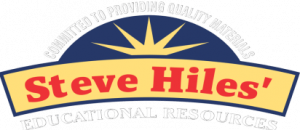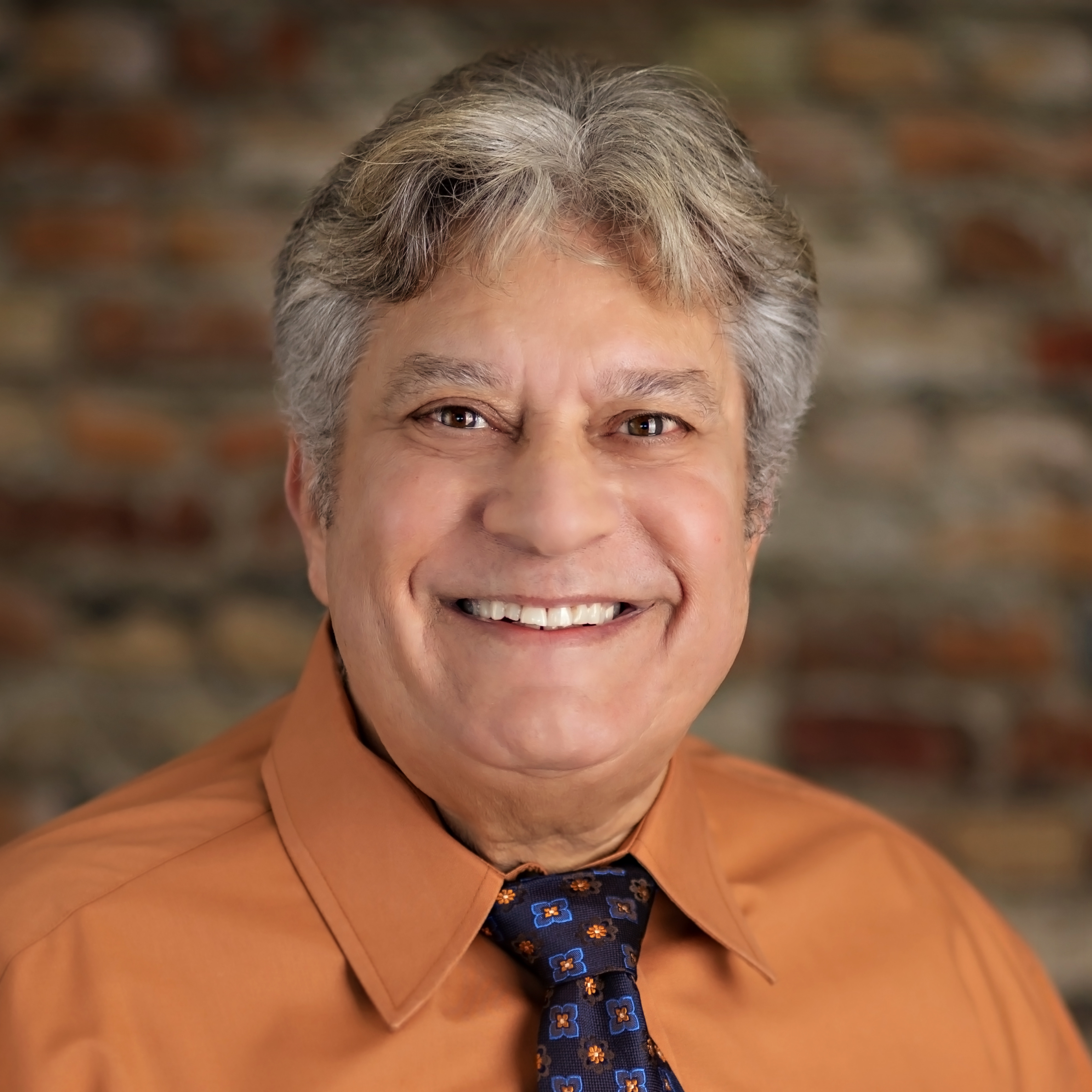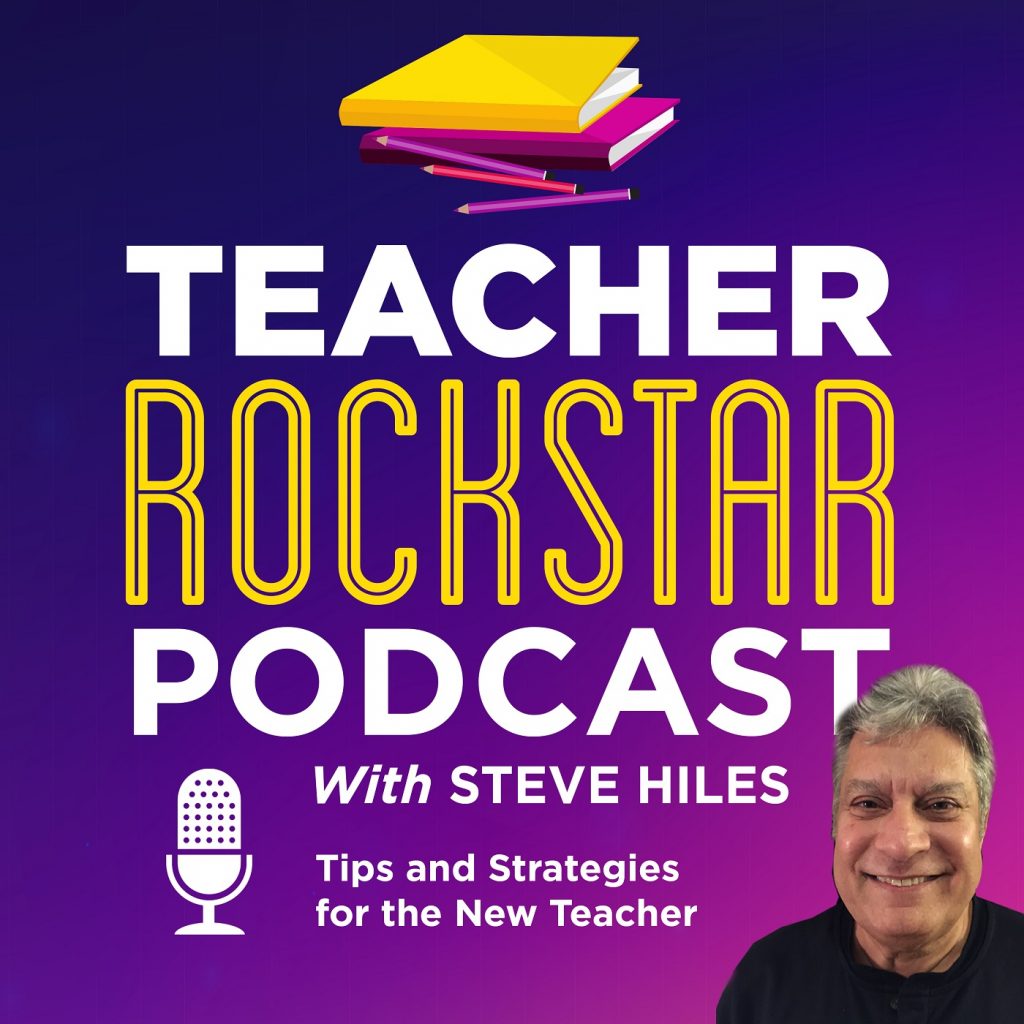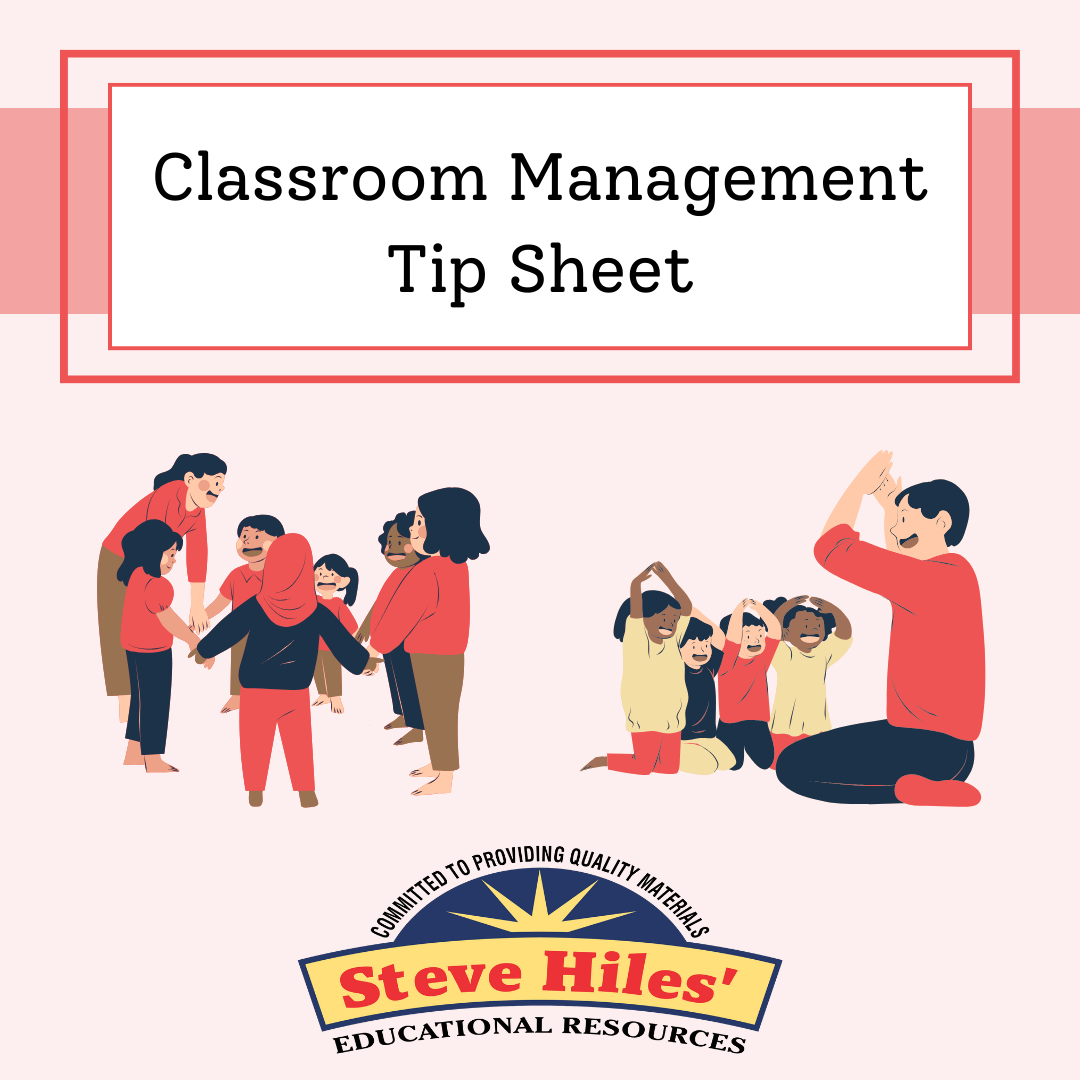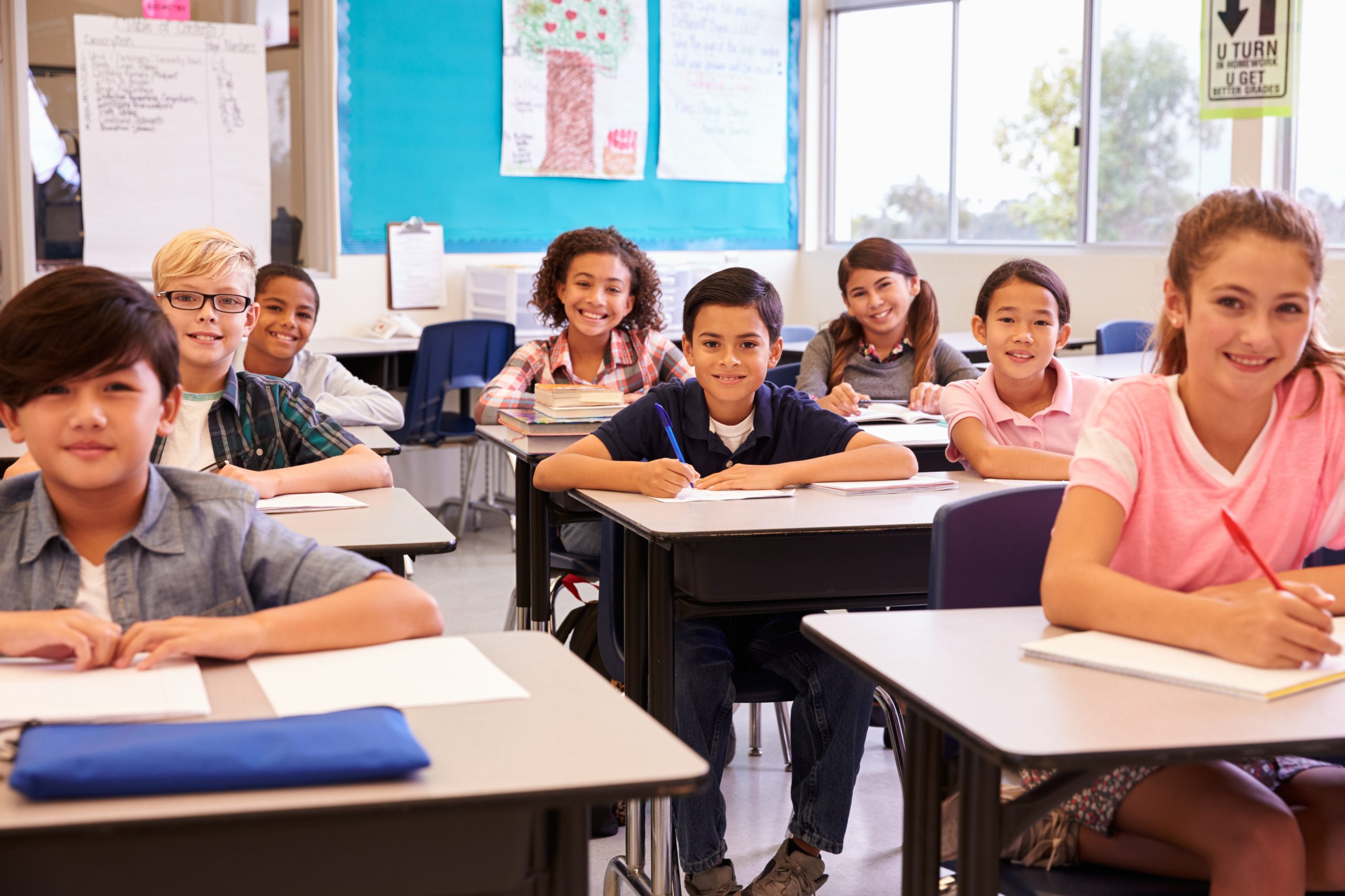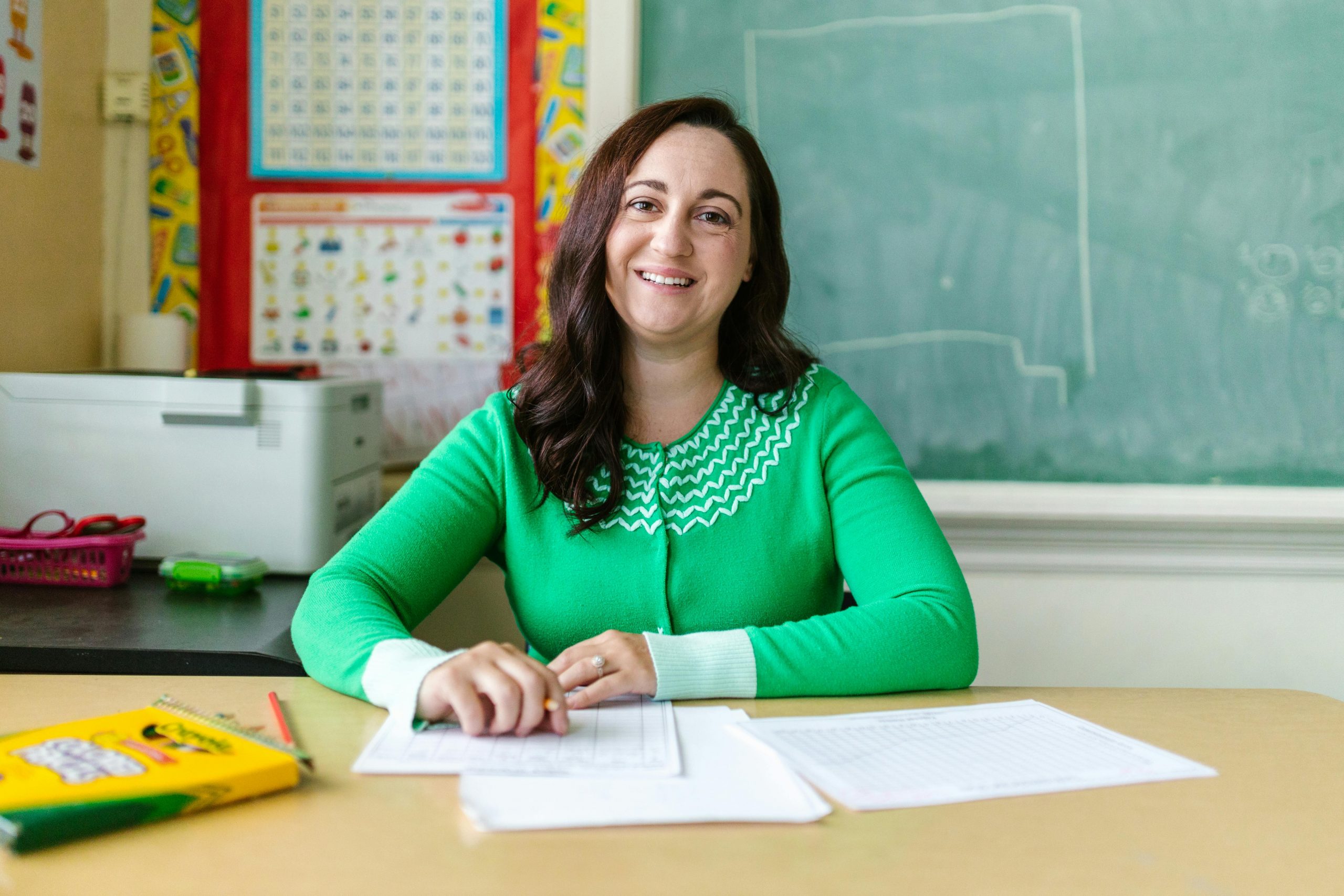We all hope for the best possible education for our children but with so many options it is hard to pick what is going to be best for your students; however, the real question is should you settle for more traditional approaches or opt for more forward-thinking modern approach.
Educators disagree about the best ways to learn and why, and whether students should have a say in their education. Today, school administrators focus the debate on the advantages of traditional versus progressive education.
A student-centered classroom is built on autonomy and the elimination of traditional teaching practices. The student-centered classroom operates on collaboration, project-based learning, technology integration, and plenty of conversation between students and teachers about learning. Here are five steps to building a remarkable student-centered classroom.
Administrators often question whether they should implement traditional versus progressive education in their schools. To provide all students with direct information and facts, teachers have implemented what is now known as the traditional method of teaching. In this educational model, educators are front and center. As gatekeepers of knowledge, they choose what to teach and how to teach it. They pass information to students that will help prepare them for life beyond school. In traditional education, schools are less concerned about students themselves and what they get out of their lessons. Rather, they focus on shaping students into moral and educated individuals who can contribute to the working world when they become adults.
Beginning in the 1880s, theorists such as John Dewey (I’m sure that you heard his name come up in your teacher prep classes) argued for a different approach to teaching, introducing progressive education. One of the most important distinctions in traditional versus progressive education is that the latter places the student in the center of the educational model. Dewey drew upon the ideas of philosophers John Locke and Jean Rousseau when developing his theories that students learn better with hands-on and experiential learning. Progressive education focuses less on how a teacher prepares students for jobs and more on what students are passionate about and what critical thinking skills they can develop. Administrators who implement this style of education in their schools help students understand how they can be lifelong learners, constantly engaging with new ideas and solving new problems.
Table of Contents
ToggleCORE QUALITIES OF A PROGRESSIVE CLASSROOM
Experiential learning
A progressive classroom emphasis learning by doing through hands-on projects and active, expeditionary learning. Instruction relates to the real world, provided context and meaning to students. It also allows students to construct their own understanding and knowledge of the world through experiences and reflecting on those experiences.
Emphasis on lifelong learning and skills – Teaching students how to be engaged, active, and responsible learners helps them develop the skills and habits of mind that make learning both accessible and fun. When students know themselves as learners, they become self-motivated, disciplined, and open-minded, flexible thinkers. This helps them cultivate a lifelong love of learning and key skills necessary for succeeding in the workplace.
Interdisciplinary learning
Progressive classrooms use integrated curriculum so that students learn by forging connections between concepts and ideas across different disciplinary boundaries. When students apply the knowledge, they have gained in one discipline to a different discipline, it deepens their understanding of a concept by looking at its real-world applications. That is why there is less reliance on a single textbook for a subject in favor of varied learning resources.
Understanding as the goal of learning instead of rote knowledge
Traditional schools primarily focus on rote learning – the memorization of information based on repetition. While this allows students to quickly recall basic facts, it doesn’t provide a deep understanding of the information and how these facts relate to one another. Progressive education focuses on having a sound understanding of a subject so that students can apply the information to a variety of scenarios and form connections between new and previous knowledge. Students learn how to investigate, evaluate, analyze, remember, make comparisons, and communicate, giving them better problem solving and cognitive skills.
Collaborative and cooperative learning – By focusing on community, responsibility, and group participation, progressive classrooms help students develop the emotional intelligence and social skills they need to work in groups, enjoy healthy relationships, and to live fulfilling and successful lives.
Emphasis on problem solving and critical thinking
Progressive learning builds higher-order skills in students like investigating, evaluating, problem-solving, and communicating and encourage them to frequently reflect on their learning and follow their own questions so that they gradually fit knowledge into a meaningful whole. Students practice risk taking and teachers help them learn how to bounce back and learn from mistakes.
There are a number of reasons why students and parents choose progressive schools over traditional schools. In order to better understand the advantages that progressive schools offer, let’s first take a look at the traditional model.
Most of us were educated within the traditional school system. Our teachers expected us to look to them as experts, keepers of knowledge. They provided us with information, usually with the aid of a textbook, and we were required to understand or otherwise absorb that information (through rote memorization, for example). Our teachers made us take tests and quizzes periodically to see how well we were absorbing the information. The grades they gave us were intended to reflect how well we learned (or remembered) the material.
Within this system, students are seen as empty vessels waiting to be filled with knowledge. They are expected to conform to the teacher’s expectations of what “learning” looks like. Picture uniform rows of students facing the teacher in assigned seats at individual desks, taking detailed notes that they will be expected to study and memorize later.
As we examine this teaching method, questions may arise: How well are these students retaining what they are learning? How much of what they learn applies to their lives? Is this the best way to help students reach their fullest potential? And what does it truly mean to be educated?
Progressive education, on the other hand (which has been around in one form or another for several hundred years) is a much more open-ended process that can result in a more genuine form of learning—and greater retention of that which is learned.
Personalized learning is a fundamental principle and main advantage of progressive education. Progressive educators recognize that there is no one size fits all model when it comes to learning. This recognition serves as the jumping-off point for a range of improvements on the traditional model. Progressive educators believe that learning should be tailored to the needs and interests of each student.
This is one of the reasons why small class sizes are generally emphasized. In a room of 30+ kids, it’s nearly impossible to work with each student individually, much less get to know them as individual learners and be responsive to each one’s individual needs.
Progressive educators also generally believe that learning should be interest-based—connected to things that really interest their students. They recognize that actual interest in learning about a topic is a more powerful motivating factor than grades and tests.
Within this more personalized framework, students are empowered to take charge of their learning to a much greater extent. Teachers serve as guides rather than experts, and lectures are replaced with a more active and collaborative learning culture. Students may work one-on-one with their teachers to set their own learning goals. (Unlike the traditional classroom, students can have a voice in terms of deciding what topics they study.)
What’s more, students can move through the material at their own pace, based on how well they have mastered it. They may choose from a variety of ways to demonstrate that mastery as well. However, it’s highly unlikely that they will take a test that focuses on how well they remember information. Students are much more likely to be learning by doing, for example working on projects —and tackling complex issues, rather than simply memorizing facts.
As you can tell, personalized learning is more dynamic than the traditional method—more interactive, more participatory, and more collaborative than listening to a lecture while hastily scribbling notes. Additionally, more dynamic classroom designs encourage greater student participation. Picture a learning space where everyone is seated around a table facing each other, as opposed to rows of students sitting isolated at individual desks, facing an authority figure. By eliminating the back row, teachers can better ensure that all students are engaged in learning. It also sends a strong message that all members of the class are valued equally.
One type of classroom activity that utilizes this learning space effectively is the Socratic seminar. Usually taught in History and English/Language Arts classes, Socratic seminars place the emphasis on students’ thoughts and ideas regarding historical events and works of literature. During these structured discussions, the teacher steps back and the students lead the way. They listen and respond to each other’s ideas, and construct meaning on their own. The activity emphasizes intellectual inquiry and critical thinking skills.
Through these types of classroom activities, students learn how to collaborate with one another and become intrinsically motivated learners in the process. Compared to “traditional” school tasks – for example, all students being blanket-assigned a set of discussion questions or math problems to complete individually—this level of student involvement can reap much greater rewards.
Create ongoing projects
The ongoing project plays an essential role in promoting mastery. The key to ongoing projects is to provide plenty of project choices that enable students to demonstrate what they are learning. Many objectives or standards can be met in one well-crafted project that allows students to decide what the final product looks like. The ongoing project stimulates the workshop environment that is the foundation upon which the student-centered classroom is built.
Integrate technology
In today’s digital world, it doesn’t matter if your classroom is filled with computers; students have them in the palms of their hands. Mobile learning is no longer the wave of the future; it’s the present. Learners will be more engaged in any activity or project if they can choose from the hundreds of amazing, free web tools that provide excellent platforms for presenting, curating, and sharing information. When students have an array of exciting web tools at their disposal, they become eager to participate in almost any class activity.
Replace homework with engaging in-class activities
The research on the effectiveness of homework ends up on both the pro and con sides. Most studies that support assigning homework suggest that it increases grades in class or on tests. Whether this is true or not is irrelevant. Measuring achievement with grades and test scores is a false barometer of learning because all the control in these areas is in the hands of the teacher, and there is no place for control in a student-centered classroom. With engaging, ongoing projects that are driven by interactive web tools, students produce more in class, making homework obsolete. Best of all, when not faced with “do-this-and-do-it-my-way” assignments, students become eager to complete the projects that they have created and choose to do schoolwork outside of class. This autonomy breeds learning for the sake of learning—one of the best parts of the student-centered classroom.
Eliminate rules and consequences
The workshop environment of a bustling student-centered classroom encourages a pursuit of learning that allows little time for disruption. Explain that your learning environment is built on mutual respect and a quest for knowledge, so there won’t be time for any behavior issues. Keep activities engaging, and behavior will never be an issue.
Involve students in evaluation
Numbers, percentages, and letters on activities, projects, and report cards say little about learning. A student-centered environment thrives through the use of narrative feedback that follows a specific formula and encourages students to resubmit assignments that do not demonstrate mastery. This approach relies on reciprocal feedback between the student and the teacher. Involving students in conversations about their learning not only builds trust, but also helps them become critics of their own work, which is a remarkable part of the amazing student-centered classroom.

